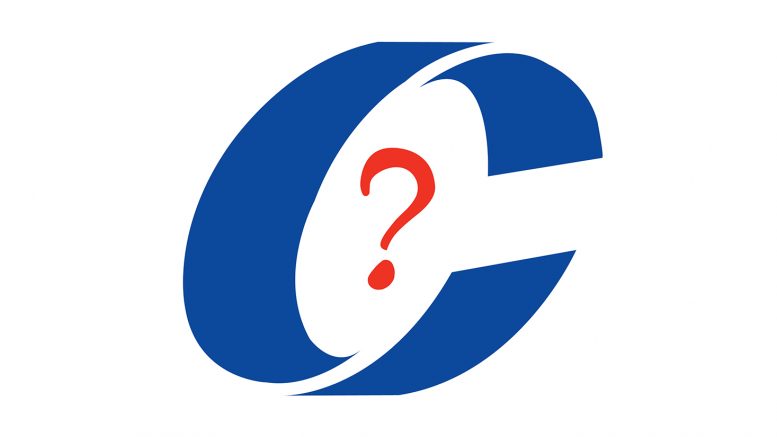Canada’s official opposition has begun the ritual of finding a new leader – one that can lead the party to victory in the 2019 federal election.
As we find ourselves on the heels of the American election and a year into a new Liberal federal government, this leadership race can seem insignificant. However, those are two good reasons the Conservative leadership race is worth following.
Based on the Saskatoon leadership debate the night following the election of Donald Trump, there was a clear sense the candidates running for Conservative leadership are lacking a sense of new direction, rather choosing to stick with what the Harper government has left them with. Despite this, the Conservatives need be taken very seriously. Populist politics are back in vogue; whether thinking of the Ford legacy in Toronto, the far-right in Europe, Brexit, or Trump, appeals to voter frustration and alienation have been all-too-present in politics today.
A new leader could tap into anti-establishment tendencies that exist in Canada. Our national political landscape is not beyond the wave of disaffected voters defying pollsters around the world.
At the base of many of these movements is a push for jobs and economic growth. If the debate in Saskatoon is any indication, the Tory platform will centre on economic issues. What the leadership candidates agree on is that Trudeau and the Liberals are destroying the good work of Stephen Harper.
Solutions to the Liberals’ reign include core economic changes revived from the Harper-era: capping spending, cutting debt, slashing personal and corporate taxes, downsizing bureaucracy and regulations, and opening internal borders for professionals to relocate to different provinces.
More divisive suggestions branched out from a question about the Liberals’ record on job creation. Candidates proposed policy changes such as getting young people into the workforce to replace temporary foreign workers, establishing free trade with Asia and Europe, renegotiating NAFTA, lowering the corporate tax rate, cutting subsidies to big corporations, rejecting carbon taxes, and abolishing the Indian Act.
Some candidates highlighted their goal of working with U.S. president-elect Trump to maintain trade ties with the United States. Others see Trump’s victory as an opportunity to diversify Canada’s export portfolio and reduce Canada’s reliance on U.S. trade. However, no individual positions set forth by the debaters set any leadership candidate apart.
The bottom line for the Conservative party is a platform that promotes free trade with markets around the world as well as reduced barriers for the interprovincial movement of goods, services, and skilled and experienced workers. This unified Conservative vision amounts to eliminating borders whenever possible for trade.
Nauseatingly uncreative clichés are carelessly flung around to describe the economy, making each candidate sound like the next: “the government needs to get out of business,” “the government needs to be run like a household,” which all translate to the misguided idea that Canada’s future generations need to be saved from the spend-happy Liberals.
Too bad government is neither a household nor a business; otherwise these famed Conservative analogies might actually be useful.
Most candidates come from similar backgrounds, often the private sector. Many candidates worked closely with Harper, something they don’t want any voter to forget. They’re essentially one and the same, all lacking inspiration.
Kellie Leitch is the exception. She has been outspoken with her support for xenophobic screening policies reminiscent of Trump to protect her version of “Canadian values.” Quite frankly, the other Conservatives do nothing but regurgitate the plan they credit with bringing Canada out of the recession and dish it with different sprigs of social conservatism for garnish.
Unless they can find a way to harness a new, coherent vision for the country that sets them apart, their chances of victory in the next federal election are conservative at best.

